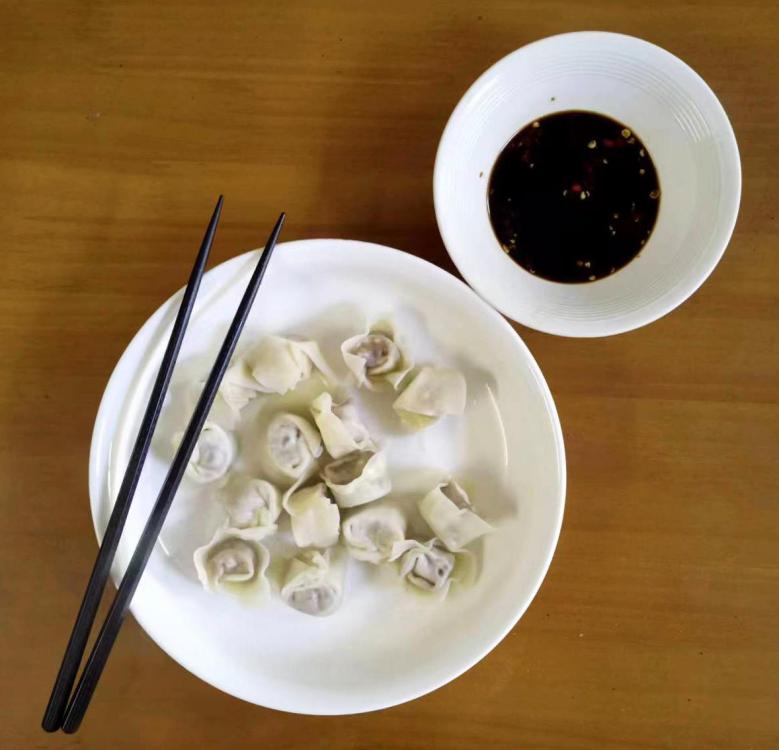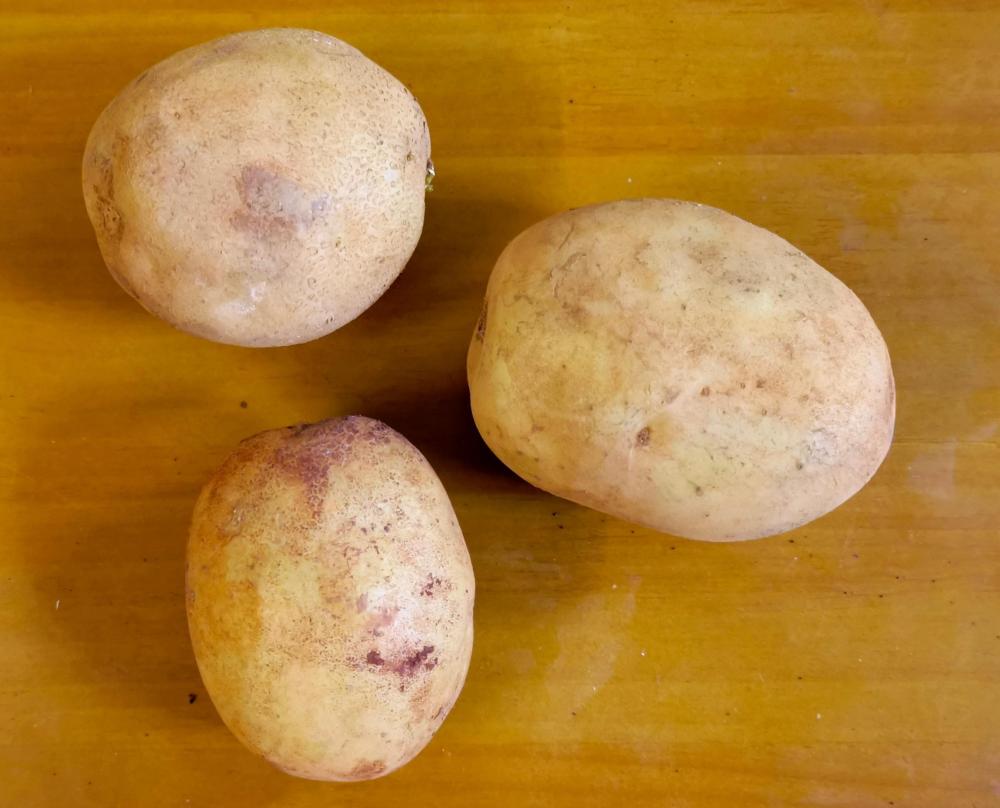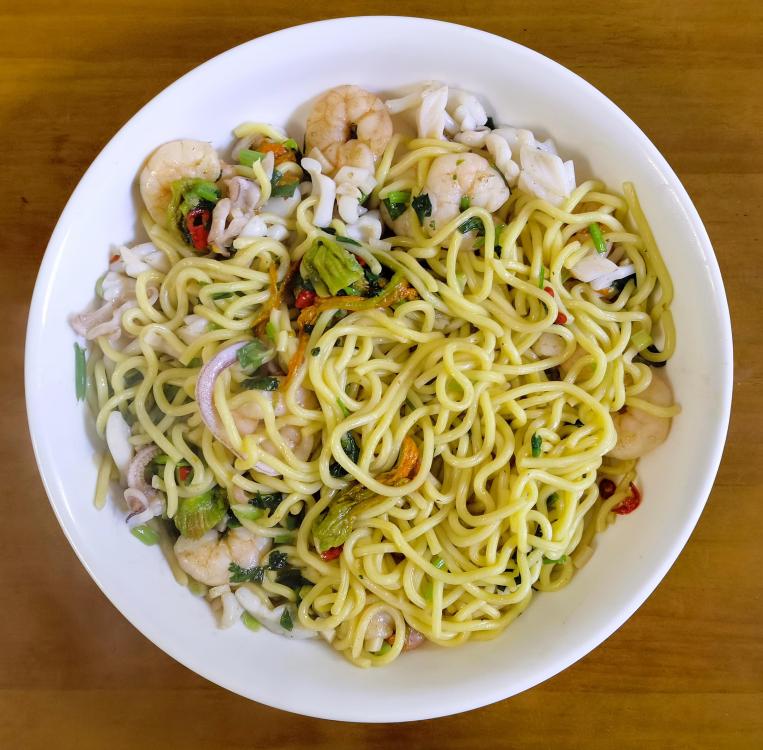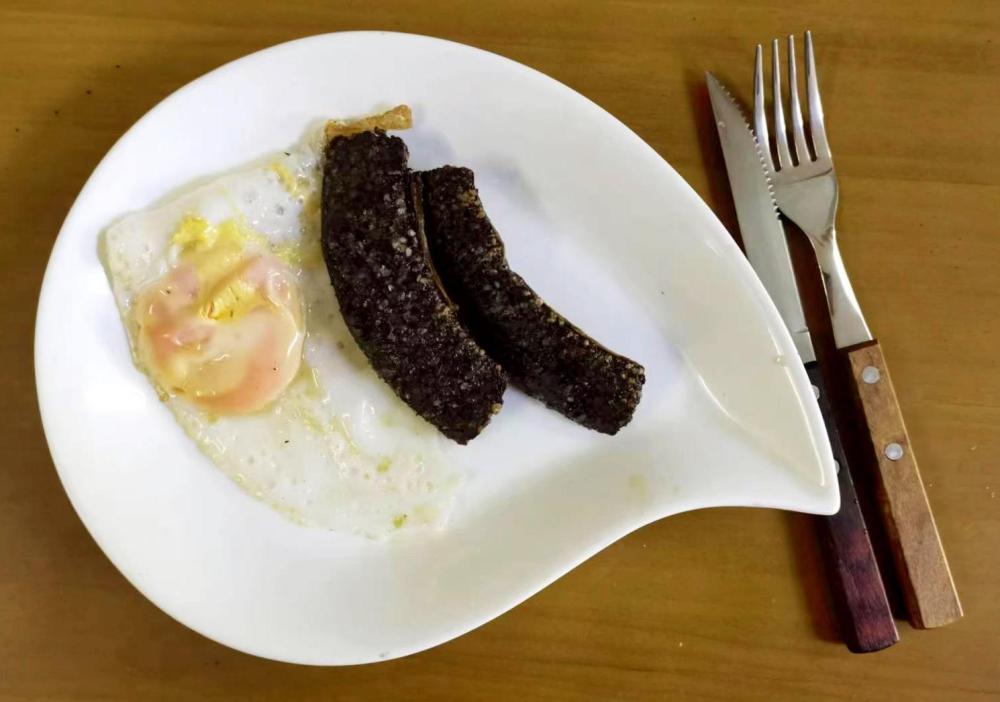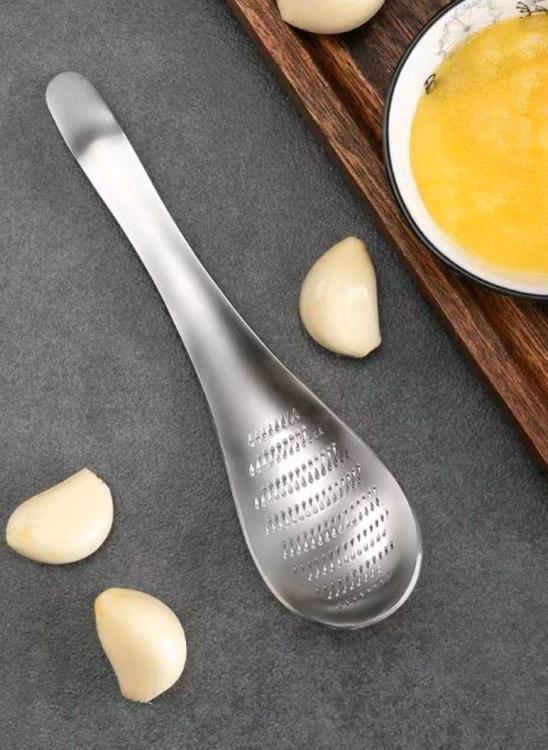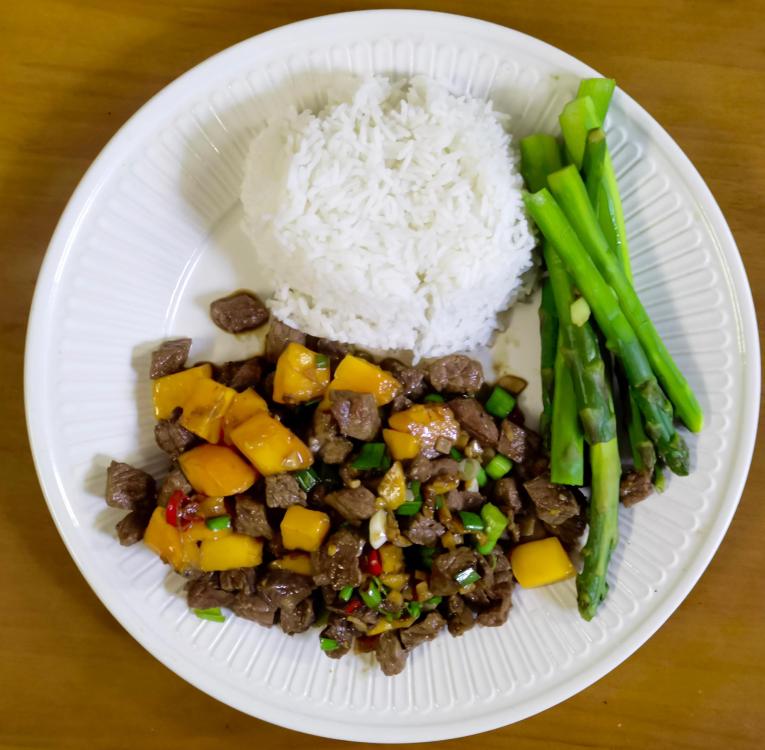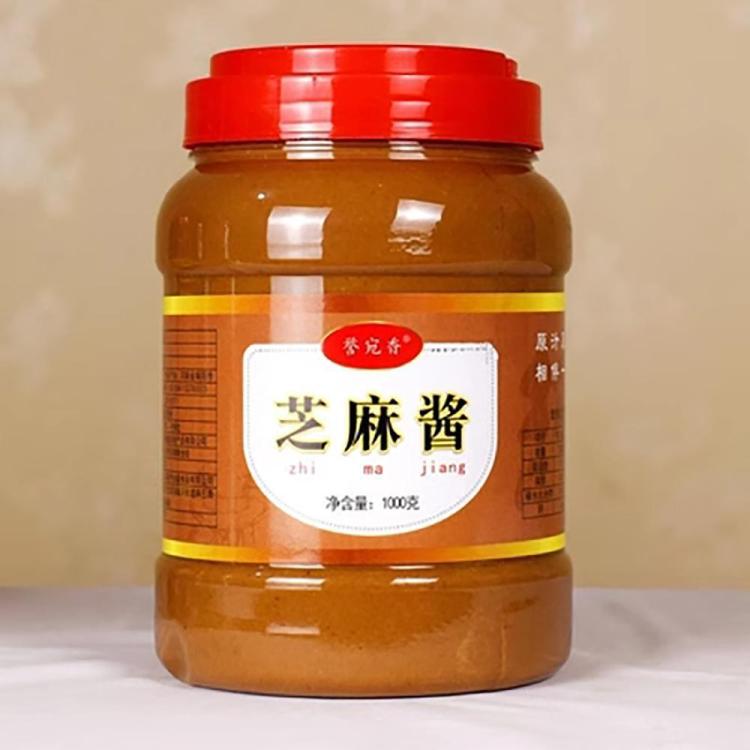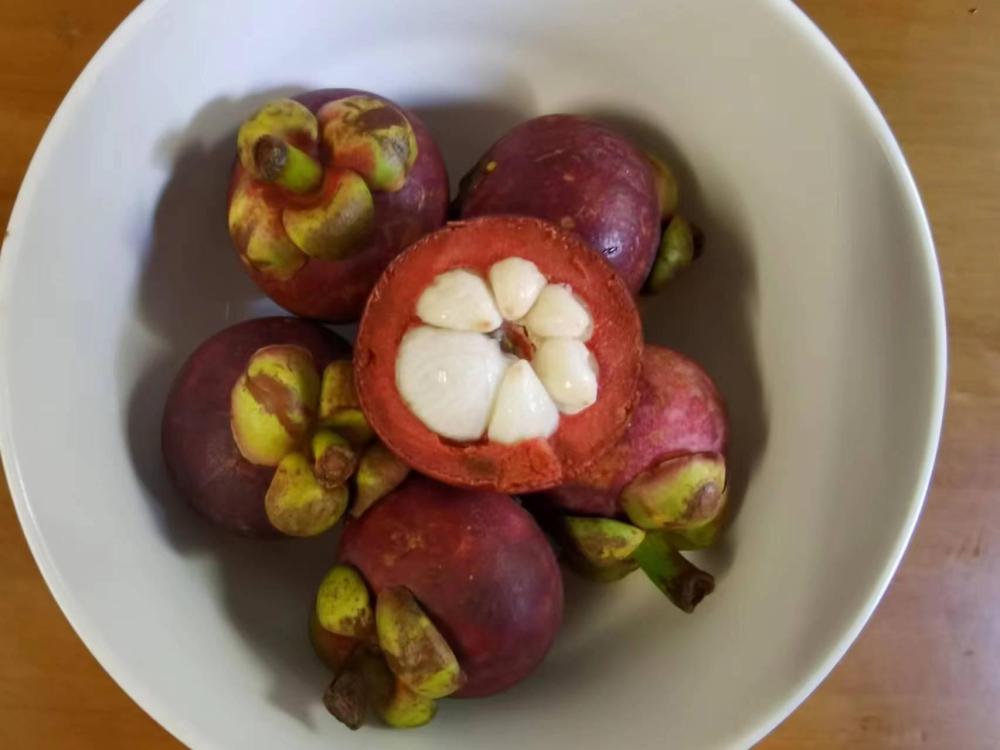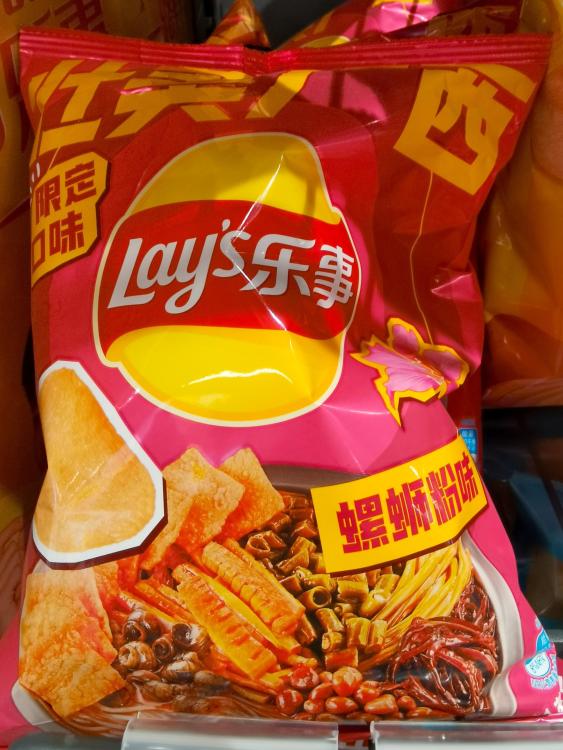-
Posts
16,679 -
Joined
-
Last visited
Content Type
Profiles
Forums
Store
Help Articles
Everything posted by liuzhou
-
Food for thought.
-
About a week ago, Liuzhou Government held a meeting and officialy declared that they are finally doing something I've been telling them to do for 25 years! They decided that from now on the only permitted offical English translation of 螺蛳粉 as used on restaurant signs and the packaging of the inferior 'instant' type is to be "Liuzhou Luosifen'. This will replace some of the ridiculous translations I see such as "Liuzhou River Snail Luosi Rice Noodles" or "Liuzhou Screw Powder" or worse. For some reason, they conceded that well-known Chinese dishes in western countries often use at least parts of the Chinese name: mapo tofu, kungpo chicken, egg foo-yung etc. It also helped when I reminded them that they shouldn't bow to the imperialist, capitalist running dogs and take some pride in their own language - they like that sort of rhetoric. Now I'm going to work on them changing "Grandma's Fragrant Fluttering Bones". I'll post the results in another 25 years.
-
I agree but there is more than kind of hot and sour soup in China and none traditionally use chili for the heat. Instead white pepper is used as it was before chili even reached beyond the Americas. Fun fact: the direct translation of the Chinese name(s) is 'sour and hot'. Packaged ínstant Luosifen is available from Amazon (eG-friendly Amazon.com link) in the USA. There is one restaurant I know of, north of you in Seattle. But to taste the real taste you got to come to Liuzhou. Just avoid Chinese public holidays. They are mayhem.
-
Slightly off-topic, though you could have it for with dinner, when I was living in Soviet Russia, I was introduced to chilli vodka. Perfect for colds. Cleared up sinuses and everything else while ensuring a good night's coma sleep. Actually, thinking back, I may have had it for dinner more than once. Luosifen or Laziji are now my go-tos.
-
三鲜馄饨 (sān xiān hún tun) - Three delicacy wontons (shrimp, pork, shiitake) with a soy, vinegar, chilli dip.
-
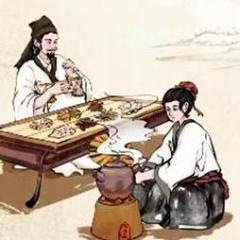
A pictorial guide to Chinese cooking ingredients
liuzhou replied to a topic in China: Cooking & Baking
Are these Chinese ingredients? They are now. 马铃薯条 (mǎ líng shǔ tiáo). literally 'potato strips'. Are they Chinese? Well, they're certainly not French! Grown in China, chipped in China, frozen in China and sold in my local supermarket in China. When I first served some chips (I refuse to call them fries - I have standards) to some friends here in 1996, they were baffled and grabbed some sugar and poured it over them liberally. Soon after, McD's and KFC turned up and they worked it out. Yesterday was the first time I saw them like this, though. Did I buy them? No. I make my chips from this ingredient. -
The Yugur are a Tibetan Buddhist minority ethnic group in Gansu province, north-western China. They are addicted to their special salty milk tea. Here is how they make it. 1) Take brick tea pieces and brew with black cardamom and sliced ginger in hot water. 2) When the tea is strongly brewed, add fresh milk and salt, repeatedly stirring to mix. 3) To a cup add parched flour, butter, and then fill with the hot milk tea. The Yugur regard this as nutritious and filling. They find unseasoned milk tea or sweet milk tea to be an abomination. They have a saying which translate as 'tea with no salt is like water'.
-
- 2
-

-
Shrimp and squid fried noodles. I also threw in some pumpkin flowers I had leftover unused in the fridge. Chaoshan fish sauce, chilli, Chinese chives and coriander leaf.
-
-
I usually just whack garlic with the side of my cleaver but when I want it very fine sometimes use this.
-
I'm having a good week in the fruit department. Not only did my second favourite fruit, mangosteens turn up but today I got the first of the season's 杨梅 (yáng méi) Chinese bayberries (Myrica rubra), my favourite. I first mentioned them back in this post. Happy mouth!
-
https://forums.egullet.org/topic/161694-china-food-myths/?do=findComment&comment=2285288
-
Garland chrysanthemum, glebionis coronaria, formerly called chrysanthemum coronarium. 茼蒿 (Mand: tóng hāo; Cant: tung4 hou1).
-
Yes, but Haidolao is famous for having sauces from all over China. One of their selling points. All I know is I've never been served that type of sesame sauce in Sichuan/Chongqing. And it certainly it isn't served with malatang anywhere I've seen. I'm not saying there's anything wrong with it. It just seems strange to me in the context of that recipe and the claim about it being the "soul of hotpot". None the recipes I've seen over the last couple of days of looking even mentions it. Most mention the sesame oil dip.
-
This is an attempt at recreating a dish I ate in a Thai restaurant in China owned by an Indonesian, so I'm calling it just S.E. Asian. I've done it before a few times and think I'm getting close to what I remember. Mango beef. The cubed beef was marinated in Thai fish sauce, lime juice, garlic, ginger, and chilli. The mango was cubed and set aside with more lime juice to stop oxidisation. Stir fried the beef, then added the fruit and scallions and heated through. Simple steamed asparagus and rice to keep it company.
-
I very much doubt that they will. They have already paid their staff to write this clickbait. By the way, in Asia, their biggest market, McDonalds sell more chickenburgers than they do beef burgers.
-
Mine didn't last long. Going back for more.
-
I've been through my Chinese language cookbooks for Chongqing/Sichuan cookbooks looking for sesame sauce. Some suggest dipping sauces incorporating sesame oil, which is certainly not unusual. However that recipe seems to be suggesting some kind of commercially produced sauce - it says all sesame sauces are not the same, which is true, but all Chinese sesame oils are essentially the same. The recipe seems to be advocating a factory made sauce like this. I've never seen those being used in hotpots in Chongqing or Sichuan. They are more like what is used with Japanese しゃぶしゃぶ (shabu-shabu) as ごまたれ (goma dare), made with sesame paste. Anyway I'd argue the 'soul' of those hotpots is definitely their mala flavour and sensation.
-
Yes, home made. There is a recipe in the first post in this topic. Scroll down.
-
Thanks. Pretty much what I thought.
-

A pictorial guide to Chinese cooking ingredients
liuzhou replied to a topic in China: Cooking & Baking
Konjac, pronounced in English as /ˈkɒnjæk/, (kohn-yak), is also known as konjac potato, voodoo lily, devil’s tongue or elephant yam. In Japanese, it is こんにゃく(konnyaku) and in Chinese, 魔芋 (mó yù) or 蒟蒻 (jǔ ruò). It is made from the corm of a large herb, Amorphophallus rivieri. Despite the various names, it is unrelated to yams, potatoes, lilies or tongues. A substance called glucomannan, a glucose and mannose based polysaccharid, is extracted from the plant’s corm. This dry glucomannan can be used to make flour and from that can be made noodles and gums. You may think you’ve never eaten it, but you probably have. Gum from the plant is used in many processed foods as a thickener, identified in some territories as the food additive E425. It contains several vitamins, but is otherwise devoid of any nutritional value but is valuable as as a filler. Hence, it is used in many slimming products. Here in China it is usually sold in off white blocks of gum, which can be boiled in hotpots to provide that chewy texture so many Chinese like. It is also used in the preparation of those fake meat dishes found in Buddhist vegetarian restaurants near or in temples. Fake shark’s fin is also usually konjac. Available in some supermarkets for around ¥12 / $1.66 USD per kg. -
The bustards thought they could get them by me. Lays have redesigned their luosifen chip/crisp packaging. Fortunately, I'm alert to such malpractice and am able to warn you not to accidentally buy these. Disgusting and still nothing like luosifen. It's the recipe that needs changing; not the packaging. In fact the recipe and the whole concept need destroying.




